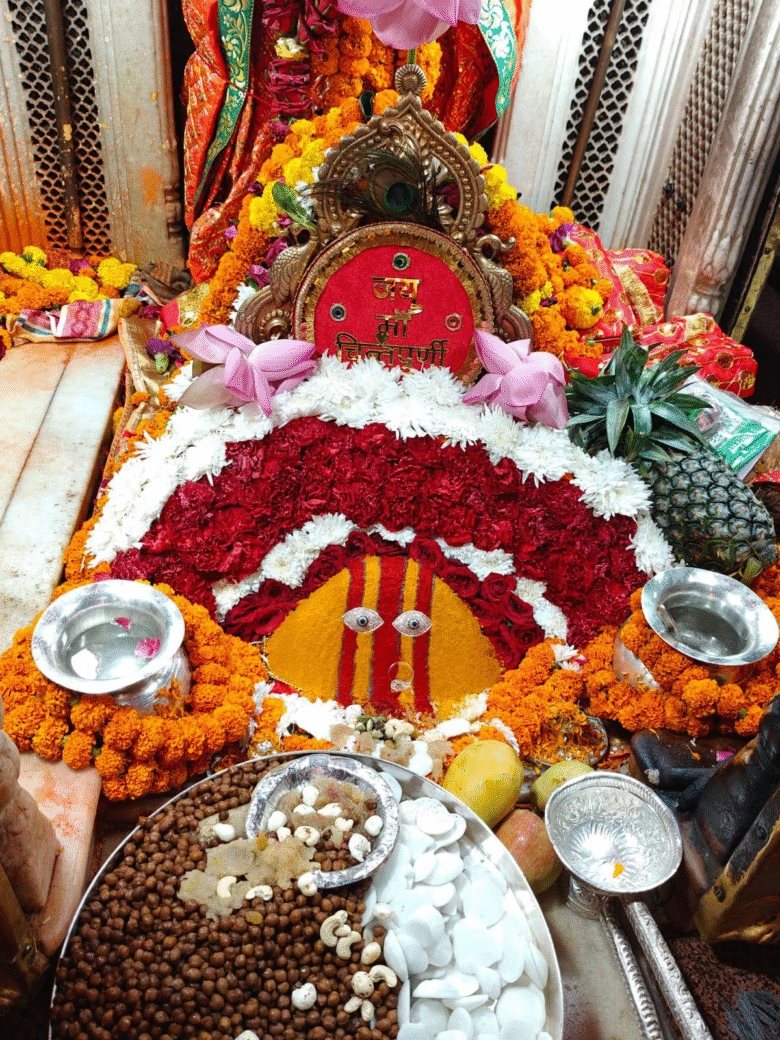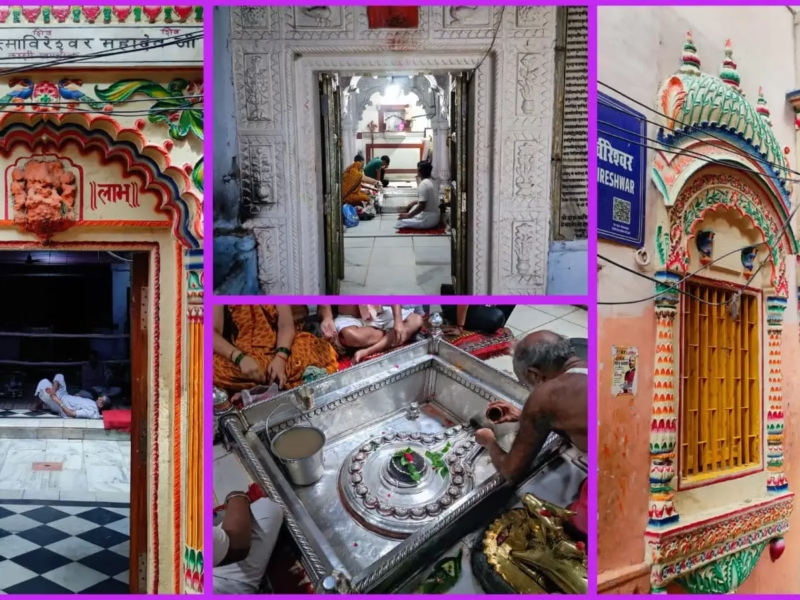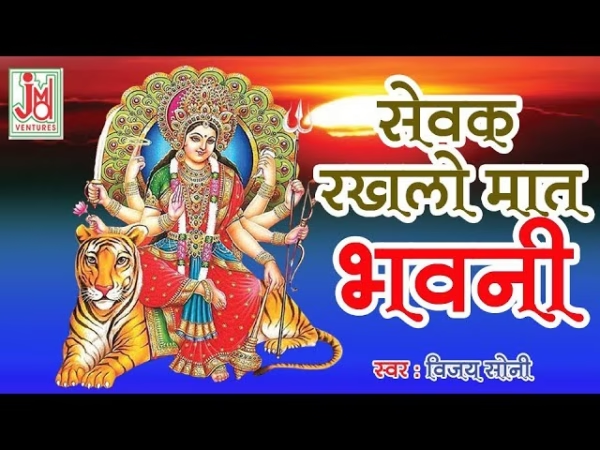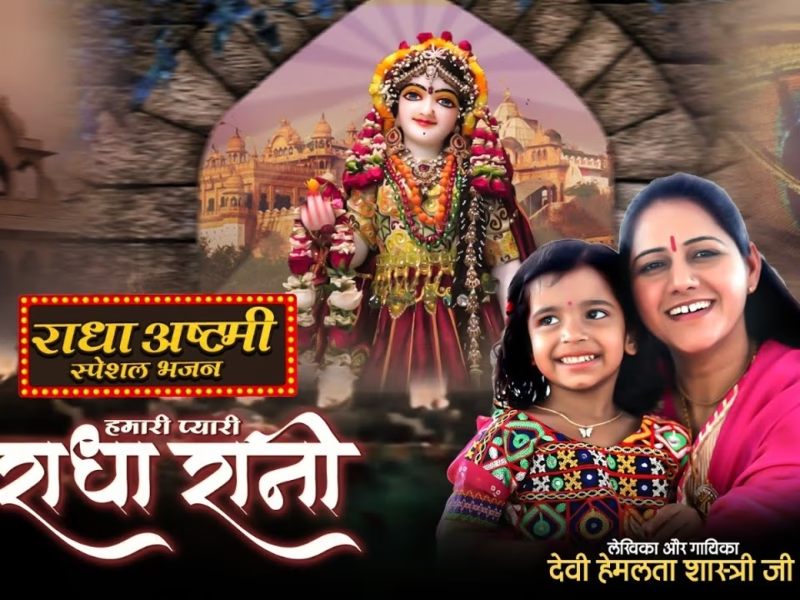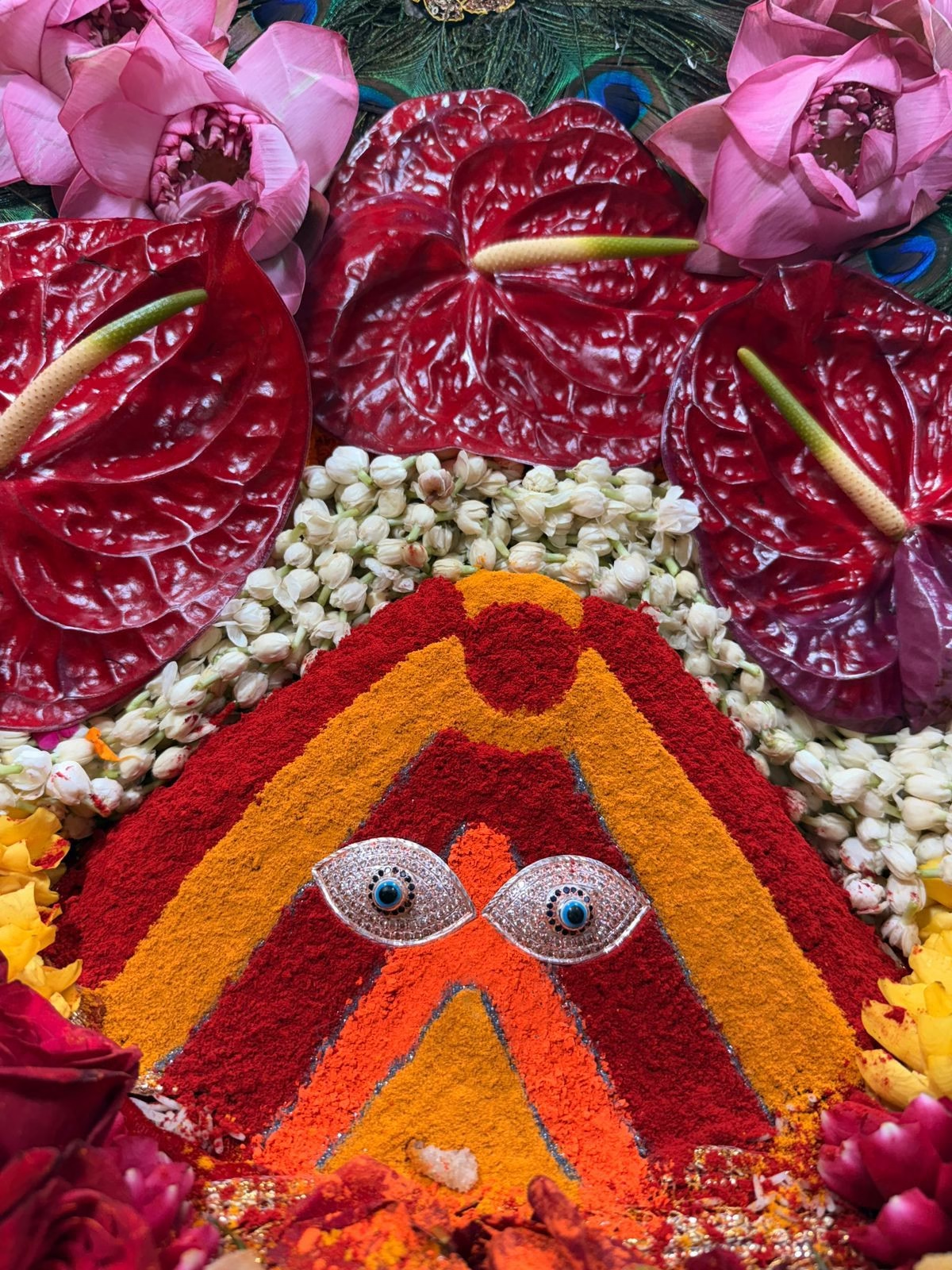
Chintpurni Shakti Peeth (चिंतपूर्णी शक्तिपीठ) is one of the most revered pilgrimage sites and a significant Shakti Peetha in India. Located in the Una district of Himachal Pradesh, this sacred temple lies amidst the tranquil setting of the Shivalik hills, with the western Himalayas to the north and east. It is situated near the border of the neighboring state of Punjab, making it easily accessible for devotees from across northern India.
The temple is dedicated to Goddess Chinnamasta (also known as Chinnamastika or Chinna Mastika Devi), a fierce and powerful form of the Divine Mother. The name Chinnamasta translates to “the self-decapitated goddess” — symbolizing the transcendence of ego, the power of self-sacrifice, and the cosmic cycle of creation and destruction. She is often depicted holding her own severed head, with three streams of blood nourishing her attendants, representing the life-giving nature of the divine.
Chintpurni is one of the 51 Shakti Peethas, holy shrines where it is believed that body parts of Goddess Sati fell to Earth during Lord Shiva’s grief-stricken tandava (cosmic dance). According to sacred mythology, following Sati’s self-immolation during the Daksha Yagna, Shiva carried her charred body across the cosmos. As Vishnu intervened using his Sudarshan Chakra, her body parts fell at different locations, each becoming a Shakti Peetha. At Chintpurni, it is said that Sati’s feet (पाद) fell, sanctifying the land.
The Chintpurni temple is also known as a place where devotees offer their prayers and wishes to be relieved of worldly worries and anxieties — the word Chinta means worry, and Purni means fulfillment. The Goddess here is thus worshipped as the one who fulfills wishes and removes worries.
An important aspect of the temple is the presence of Hindu genealogy registers, where generations of family lineages are maintained and recorded by priests, preserving an ancient tradition of oral and written heritage.
With its deep spiritual significance, mythological roots, and serene surroundings, Chintpurni Shakti Peeth remains a powerful center of faith and devotion in the Shakta tradition.
| Date built: | – |
|---|---|
| Deity: | – |
| Architectural style: | – |
| Major festivals | – |
| Locale: | Chintpurni, 177110 |
| District:: | Una district |
| Address: | Vpo chintpurni, teh Amb, Moien, Chintpurni, Himachal Pradesh 177110 |
| Phone | – |
Architecture
When Lord Vishnu severed the burning body of Maa Sati into 51 pieces so that Lord Shiva would calm down and stop his Tandava, the pieces were scattered over various places in the Indian subcontinent. It is believed that Sati’s head fell at this place and is thus considered one of the most important of the 51 Shakti Peethas.
The goddess residing in Chintpurni is also known by the name of Chhinnamastika. According to Markandeya Purana, goddess Chandi defeated the demons after a fierce battle but two of her yogini emanations (Jaya and Vijaya) were still thirsty for more blood. Goddess Chandi cut off her own head to quench Jaya and Vijaya’s thirst for more blood.
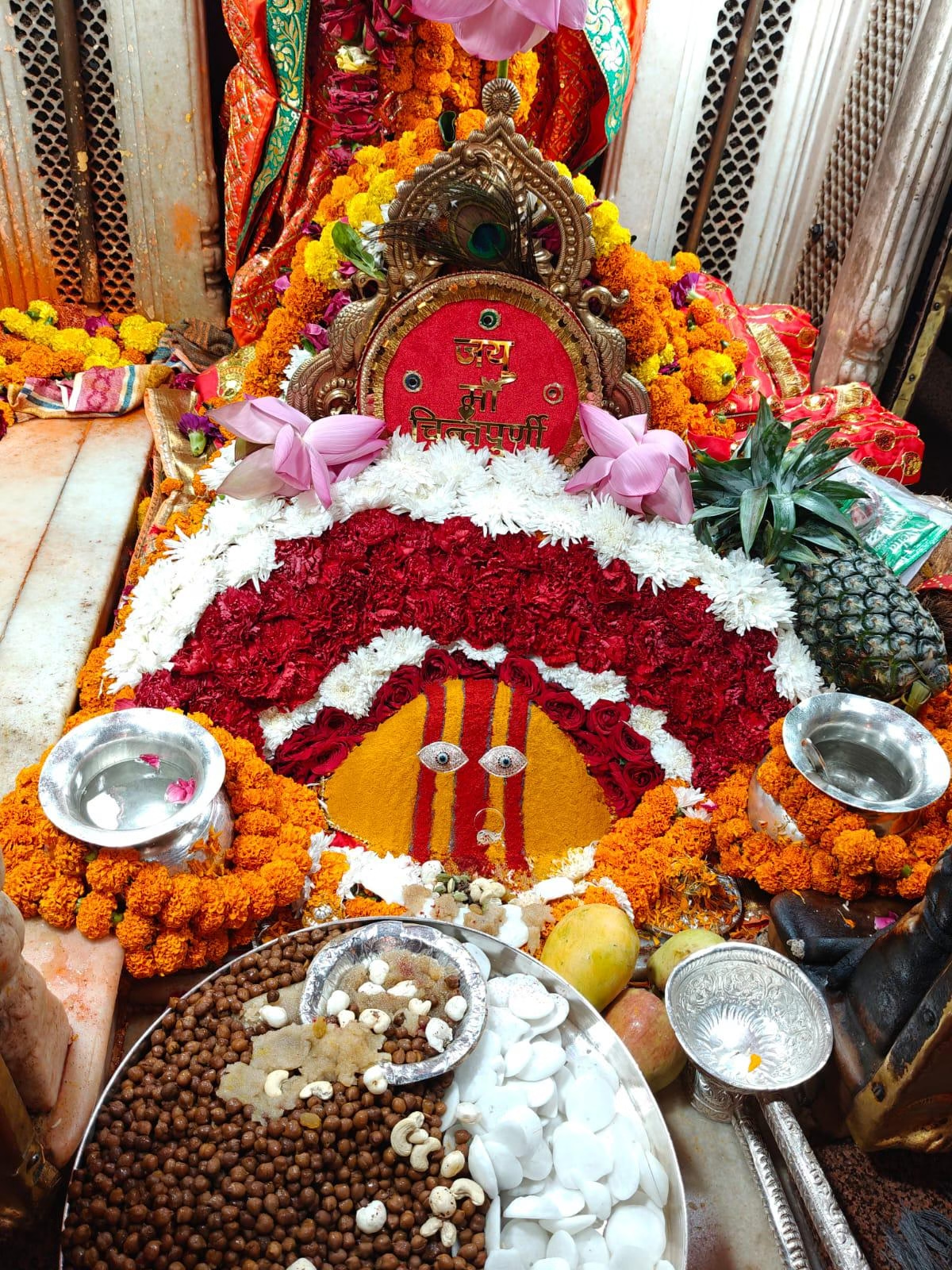
She is usually shown holding her own severed head in her hand, drinking one stream of blood spurting from the arteries in her neck, while at her side are two naked yoginis, each of whom drinks another stream of blood.
Chhinnamasta, the headless goddess, is the Great Cosmic Power who helps the sincere and devoted yogi to dissolve his or her mind, including all the preconceived ideas, attachments and habits into the Pure Divine Consciousness. Cutting off the head suggests the separation of the mind from the body, that is the freedom of the consciousness from the material confines of the physical body.
According to Puranic traditions, Chhinnamastika Devi will be protected by Shiva – Rudra Mahadev in the four directions. There are four Shiva temples – Kaleshwar Mahadev in the east, Narayhana Mahadev in the west, Muchkund Mahadev in the north and Shiva Bari in the south – which are nearly equidistant from Chintpurni. This also confirms Chintpurni as the abode of Chhinnamastika Devi.
Legend / Local stories
Pandit Mai Das, a Saraswat Brahman, is generally believed to have established this shrine of Mata Chintpurni Devi in Chhaproh village about 26 generations ago. Over time this place became known as Chintpurni after the eponymous deity. His descendants still live in Chintpurni and perform prayers and puja at the Chintpurni temple. These descendants are the official priests at the Temple.
Photo Gallery
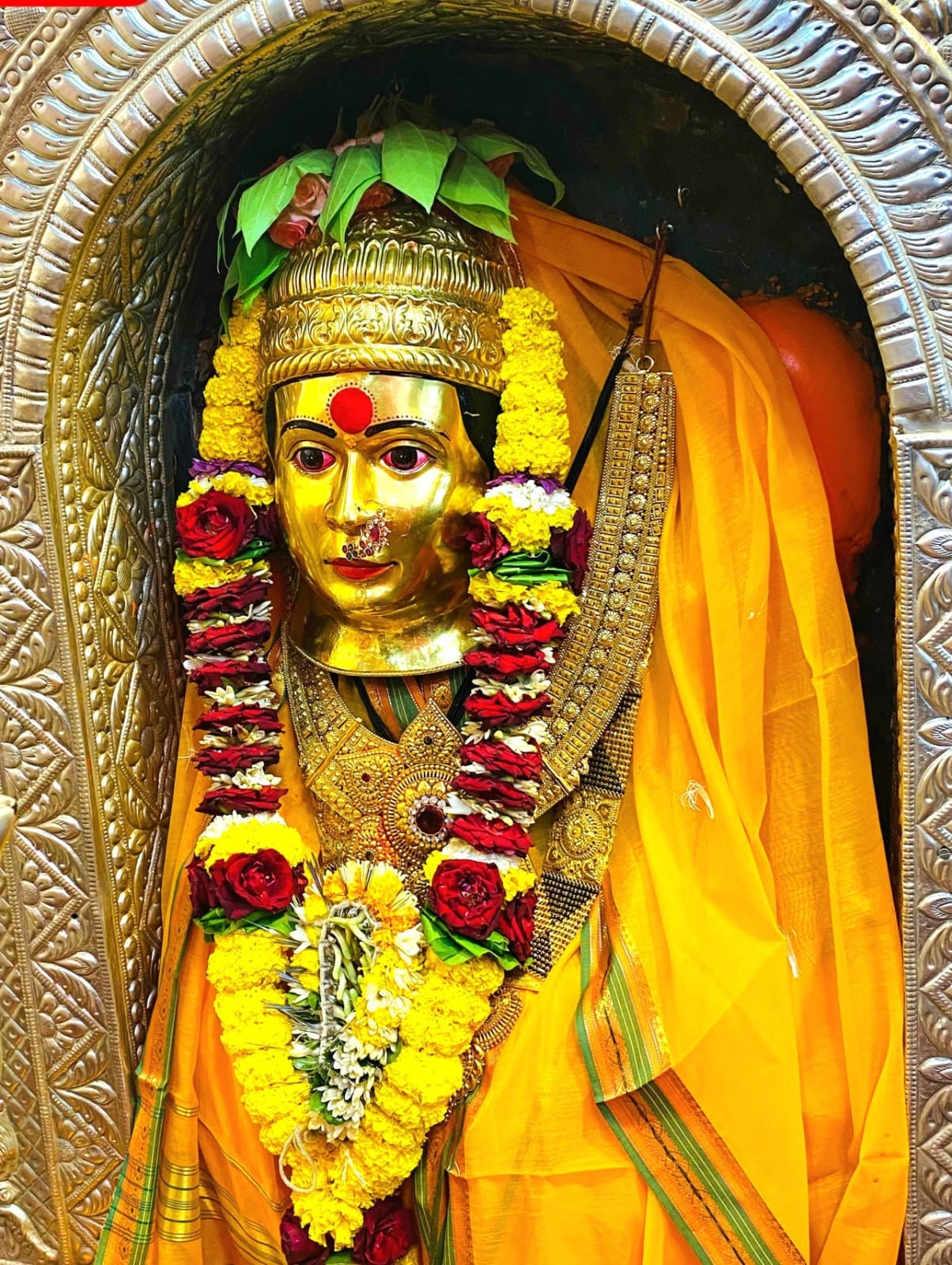
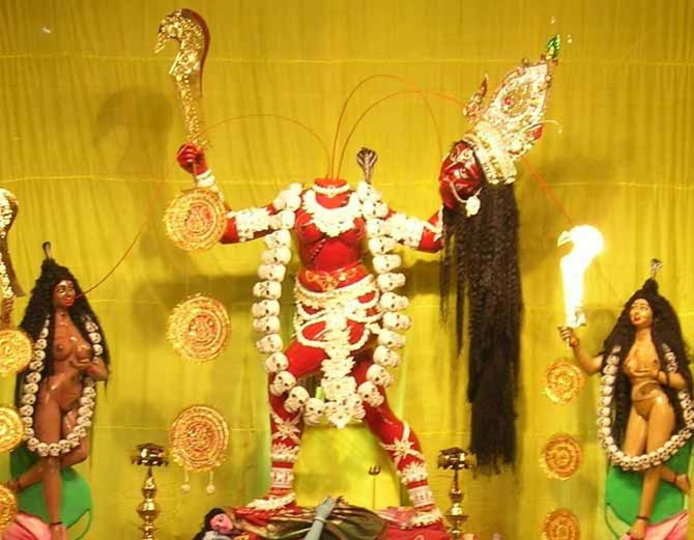
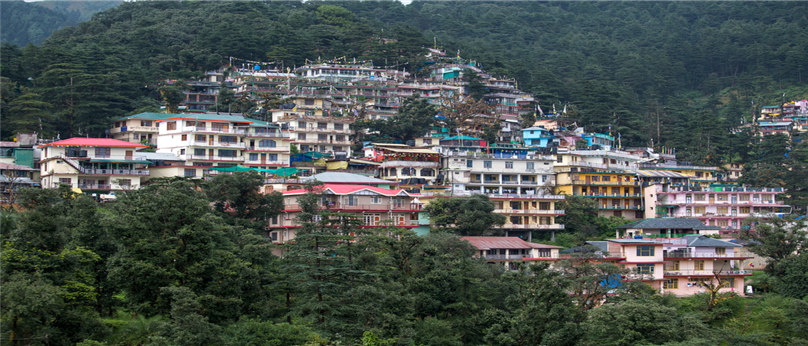
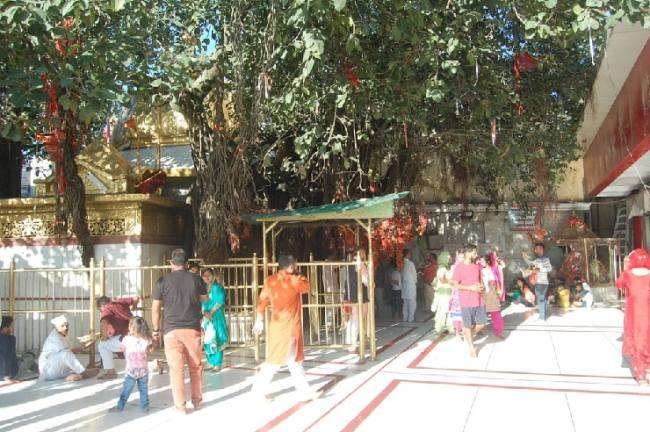
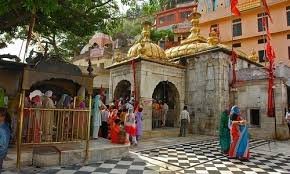
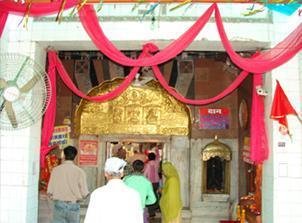

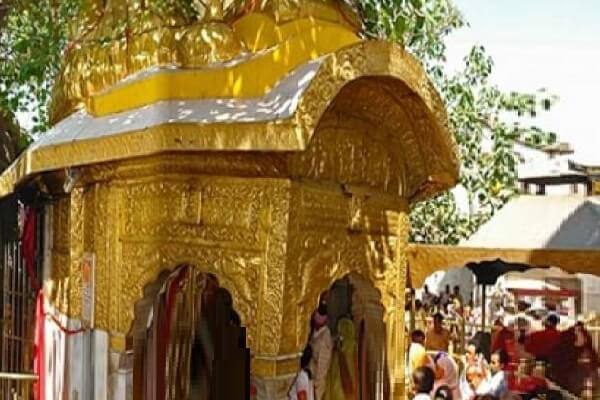
How to Reach:
Contact Details
Official Address

